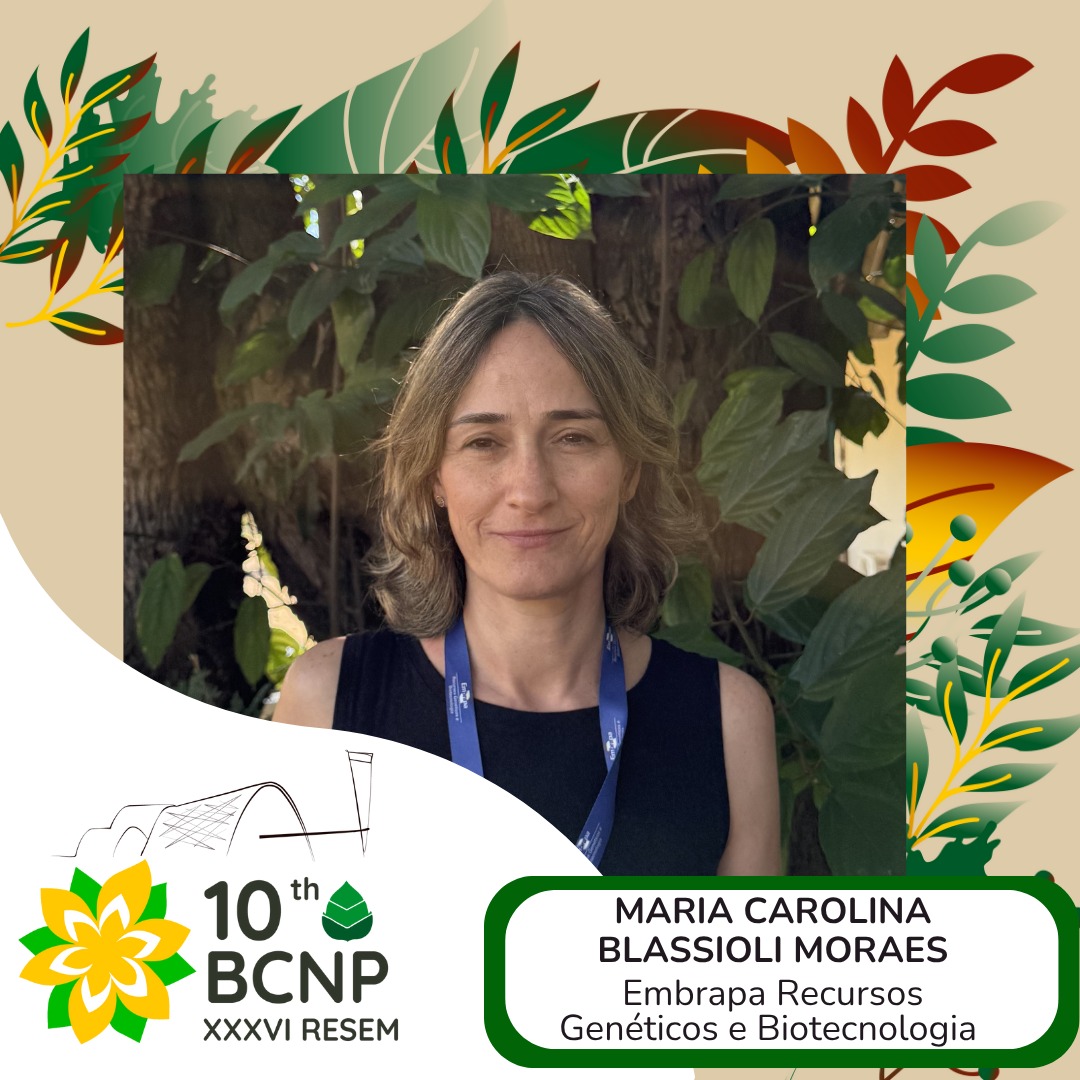
FROM SILENCE TO SOLUTIONS: THE HIDDEN LANGUAGE OF PLANTS AND INSECTS IN PEST MANAGEMENT
- Group:Abstracts
FROM SILENCE TO SOLUTIONS: THE HIDDEN LANGUAGE OF PLANTS AND INSECTS IN PEST MANAGEMENT
Maria Carolina Blassioli Moraes, Miguel Borges , Raul A Laumann, Mirian F.F. Micheref
carolina.blassioli@embrapa.br
Laboratório de Semioquímicos- Embrapa Recursos Genéticos e Biotecnologia, PqEB W5, Asa Norte, Brasília-DF
Plants and insects communicate mainly through volatile molecules known as semiochemicals. These compounds, when released by plants in response to herbivore injury, are called herbivory-induced plant volatiles (HIPVs) and serve as cues for natural enemies, helping them locate their prey or hosts. Herbivores also rely on these volatiles to obtain information about the plant’s condition, for instance, whether it is already colonized by conspecifics or other herbivores, or if it is infected by pathogens. The production and composition of these volatile blends are influenced by several factors, including the developmental stage of the plant, herbivore density, and the herbivore´s species. As a result, plant volatile profiles are often species-specific and can even vary among different plant genotypes. Insects depend on efficient chemical communication for survival. Through chemical cues emitted by other insects or plants, they can recognize mates, avoid enemies, and select suitable oviposition or feeding sites. Pheromones play a vital role in mating and survival strategies. In this Conference, we will present studies that demonstrate the influence of plant volatiles on both natural enemies and herbivores in different agricultural systems, cotton, maize, and soybean, and the potential of using the HIPVs for pest control. Furthermore, research conducted over the past 25 years in Brazil has led to the identification of pheromones from several key neotropical insect species, such as Diatraea saccharalis (a major pest of sugarcane) and Euschistus heros (a primary pest of soybean). These discoveries provide a strong foundation for the development of innovative and sustainable pest control strategies based on semiochemicals.
Keywords: Semiochemicals, pest control, sex-pheromone, sustainable agriculture, plant volatiles


